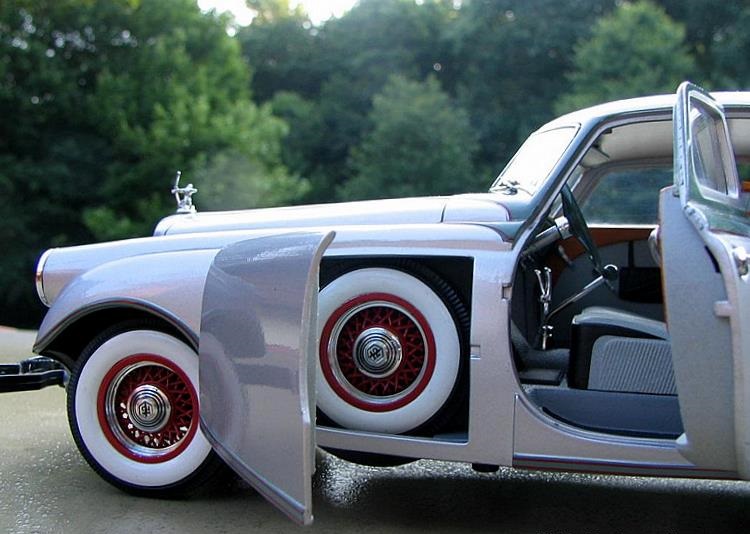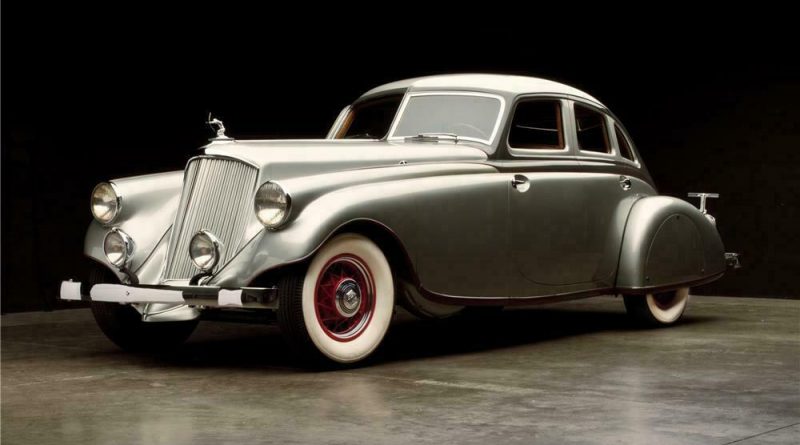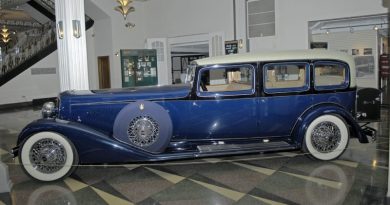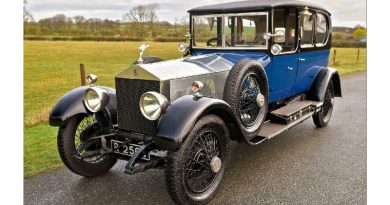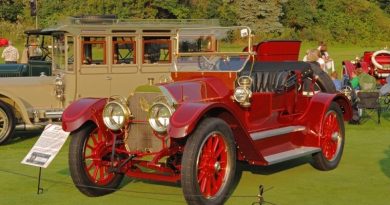1933 Pierce-Arrow Silver Arrow
With its dignified advertising, elegant styling, and respectable dealers, Buffalo, New York-based Pierce-Arrow rivaled Packard for prestige. The staunchly conservative Pierce-Arrow clung to six-cylinders long after Packard and Cadillac introduced V-8s. In a sea of boxy sedans, the sleek Pierce-Arrow show car was the height of modernity. Five hand-built Silver Arrows toured 1933 auto shows, where they caused a sensation. At the Chicago Century of Progress, the Silver Arrow upstaged Cadillac’s Aero-Dynamic coupe, Duesenberg’s “Twenty Grand,” and Packard’s “Car of the Dome,” with its audacious, aircraft-like shape.

Though Pierce-Arrow had gotten off to a good start, the depression hit luxury carmakers hard, and Pierce-Arrow knew it had to do something big in order to stay afloat. Companies like Packard and Cadillac had actually brought out bigger and more expensive cars since the stock market crash, flagship models that brought people into the dealerships, even if those people ended up actually buying cheaper models. So Pierce-Arrow announced the Silver Arrow in 1933, a car that had a huge impact on automotive design, even if the company only lasted a few more years.
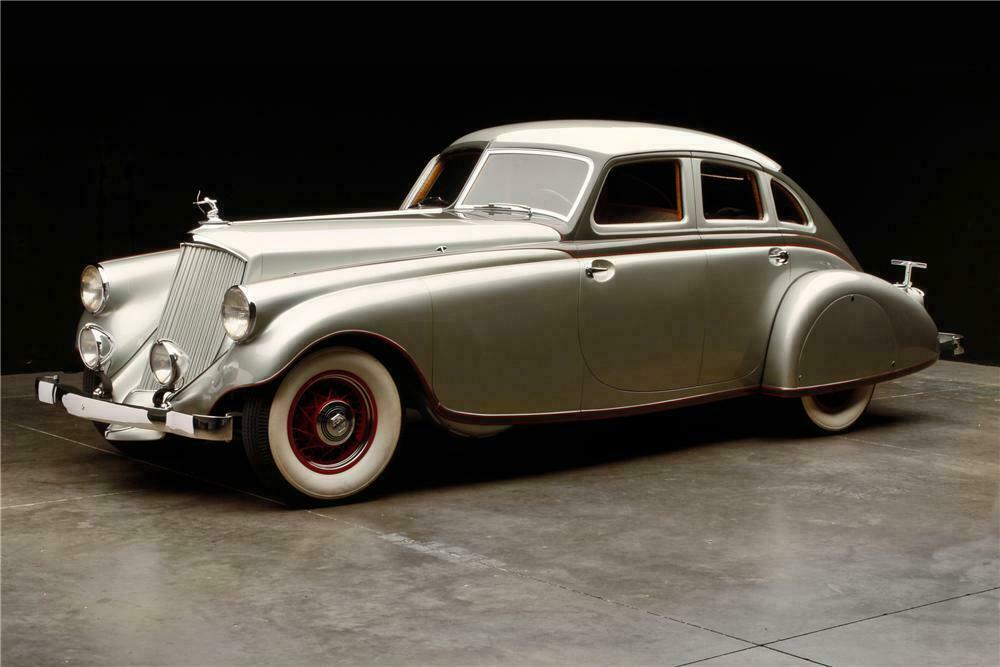
Speaking of which, thanks to a 462-cubic-inch (7.6-liter) V12 engine rated at 175 horsepower, the Silver Arrow was fast enough to turn that speedo to 115 mph (185 kph). Despite a curb weight of 5,700 pounds (2,585 kg)!
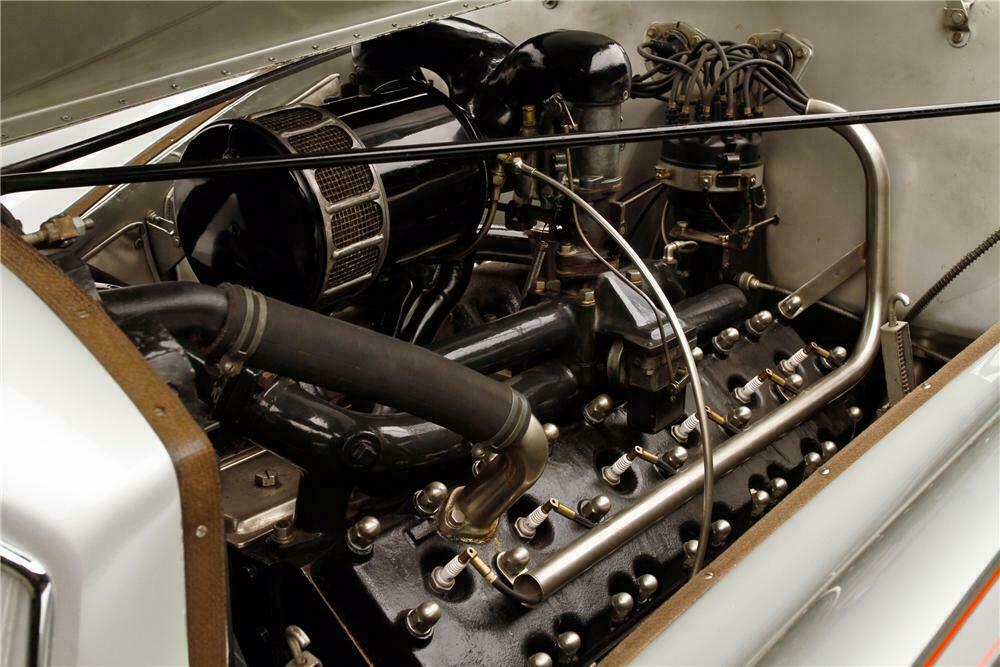
The design was refined and finalized and, with a dedicated crew working around the clock at Studebaker in Indiana, a hand-built show car was ready inside of two months, with a total of five eventually produced. This sleek, aerodynamically inspired masterpiece enthralled the public at both the 1933 New York Auto Show and Chicago World’s Fair. Many forward-looking features were incorporated into the car, from its rakishly angled grill to its dramatic fastback topped by a slender, v-shaped split rear window.
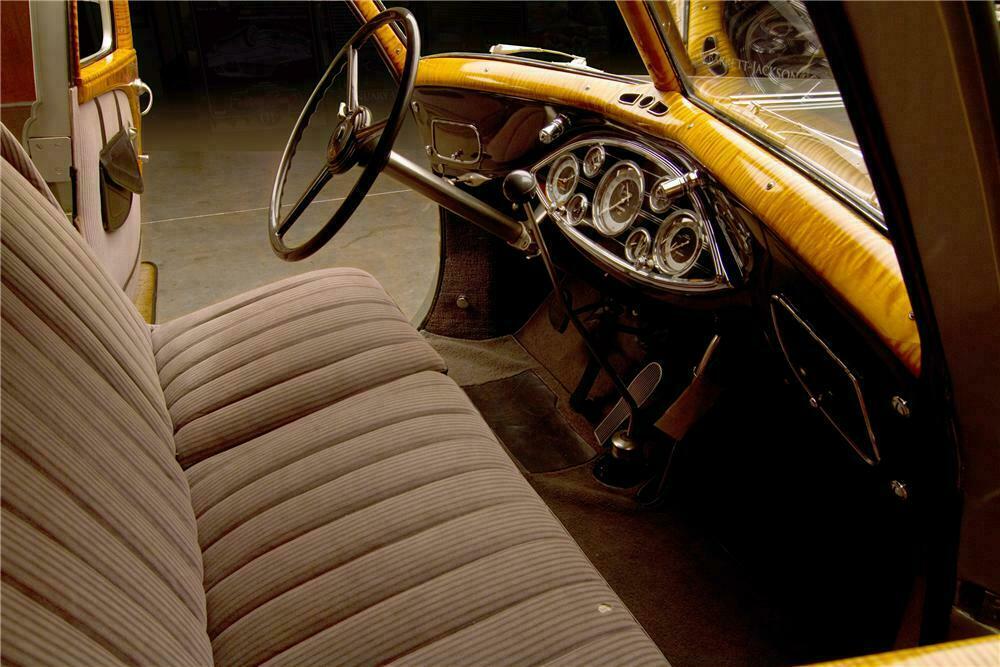
Not merely an automobile, the Silver Arrow could be considered an Art Moderne monument and a symbol of the streamlined age at its finest and most audacious. Treasured and shown for over two decades but never for sale, it is now offered today with considerable pride as what it has always been, first and foremost: a showstopper.
